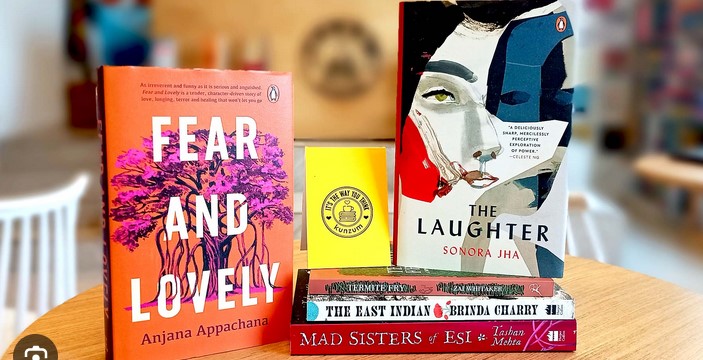Exploring author collaborations in literature reveals a fascinating aspect of the writing world. Writers often work together to produce books that are greater than the sum of their parts. These collaborations bring fresh ideas and unique perspectives to the literary scene. By blending their individual styles, authors can craft stories that captivate readers in new ways. In this article, we will explore how author collaborations work, the benefits they offer, and how they shape literature.

The Process of Author Collaboration
The process of author collaboration can vary greatly depending on the authors involved. Some authors share writing duties equally, while others may take on different roles, such as one author handling the plot and the other focusing on character development. Collaboration can be a challenge, as it requires compromise and understanding between authors with different writing styles and approaches.
However, the process also offers unique advantages. For example, combining the strengths of each author can result in a more polished and diverse story. Authors may also inspire each other, pushing their creativity further than they might have on their own. Whether they co-write every word or take turns writing chapters, collaboration allows authors to create something special and original.
Benefits of Author Collaborations
Author collaborations offer several benefits that individual writers may not experience. One of the most notable advantages is the ability to tap into the combined expertise of two or more authors. Each collaborator brings their own strengths, whether it’s world-building, character development, or crafting compelling dialogue.
Moreover, working with another author can help to overcome writer’s block. The process of brainstorming ideas together often leads to new directions and solutions that the individual author might not have considered. Additionally, collaborating with another writer allows authors to learn new techniques and expand their creative horizons. This can lead to more dynamic storytelling and richer narratives.
Famous Examples of Author Collaborations
Throughout history, many famous author collaborations have produced widely celebrated works. One well-known example is Good Omens, written by Terry Pratchett and Neil Gaiman. The book blends Gaiman’s dark, fantasy-based storytelling with Pratchett’s comedic genius, creating a unique narrative that appeals to a broad audience. Another example is The Bourne Dominion, co-written by Eric Van Lustbader and Robert Ludlum. This collaboration continued the Jason Bourne series after Ludlum’s death, preserving the essence of the original books while adding a new perspective.
These examples highlight how two authors can complement each other’s skills to create something memorable. Collaborations often lead to a product that reflects the strengths of both authors, appealing to different reader preferences and adding depth to the overall story.
The Challenges of Collaborating as Authors
While author collaborations offer many benefits, they also come with challenges. One of the primary difficulties is finding a compatible co-author. Writers must ensure that they share similar goals for the project and are comfortable with each other’s creative process. Disagreements about plot direction, writing style, or character development can lead to tension and conflict.
Moreover, the workload in a collaboration can sometimes feel uneven. One author may end up doing more work than the other, leading to frustration. Effective communication is crucial to a successful collaboration, as both authors must be able to voice their opinions and concerns openly. Despite these challenges, when done well, the partnership can result in a rewarding and fruitful project.
Conclusion
In conclusion, author collaborations have a significant impact on literature. They bring fresh ideas, new styles, and unique perspectives to the creative process. Although collaboration can be challenging, it offers the potential for dynamic storytelling and richer narratives. Through partnerships, authors can push the boundaries of their creativity and produce works that resonate with readers. As we continue to explore author collaborations in literature, it becomes clear that these partnerships play a crucial role in shaping the literary world.









